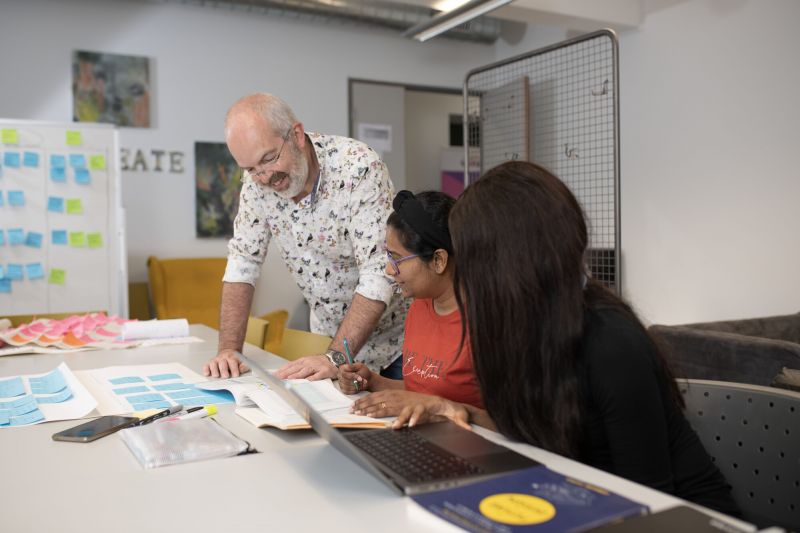Academic writing will probably be very different to writing that you have produced before.
There are very specific conventions, characteristics and rules that need to be adhered to. They convey objectivity and professionalism.
We use academic writing to show our knowledge and understanding in a concise and clear way, to ensure readability and to be impactful.
When expressing complex information with clarity, we help our readers locate our point quickly and effectively.
Academic writing ensures that we remain professional, credible, and objective
Writing Conventions
Academic writing is clear, focused, structured, and supported by relevant evidence and references.
Whilst academic writing requires a formal tone and style, it does not require the use of complex, long sentences, and complicated vocabulary.
It should present an argument in a logical manner and should be easy to follow using clear, concise, and objective language.
Academic writing is cautious, and writers are careful not to make claims that are too strong.
It has an impersonal, formal writing style, which makes it different to other types of English.
Structure and Cohesion
Academic writing structure is determined by the format of your assessment.
However all writing will have a strong, logical and cohesive structure.
Cohesion is what ties all your points together and we create cohesion by showing relationships, using cohesive words and phrases.
Regardless of the written format, academic writing structure generally provides an introduction , main body and a conclusion.


















